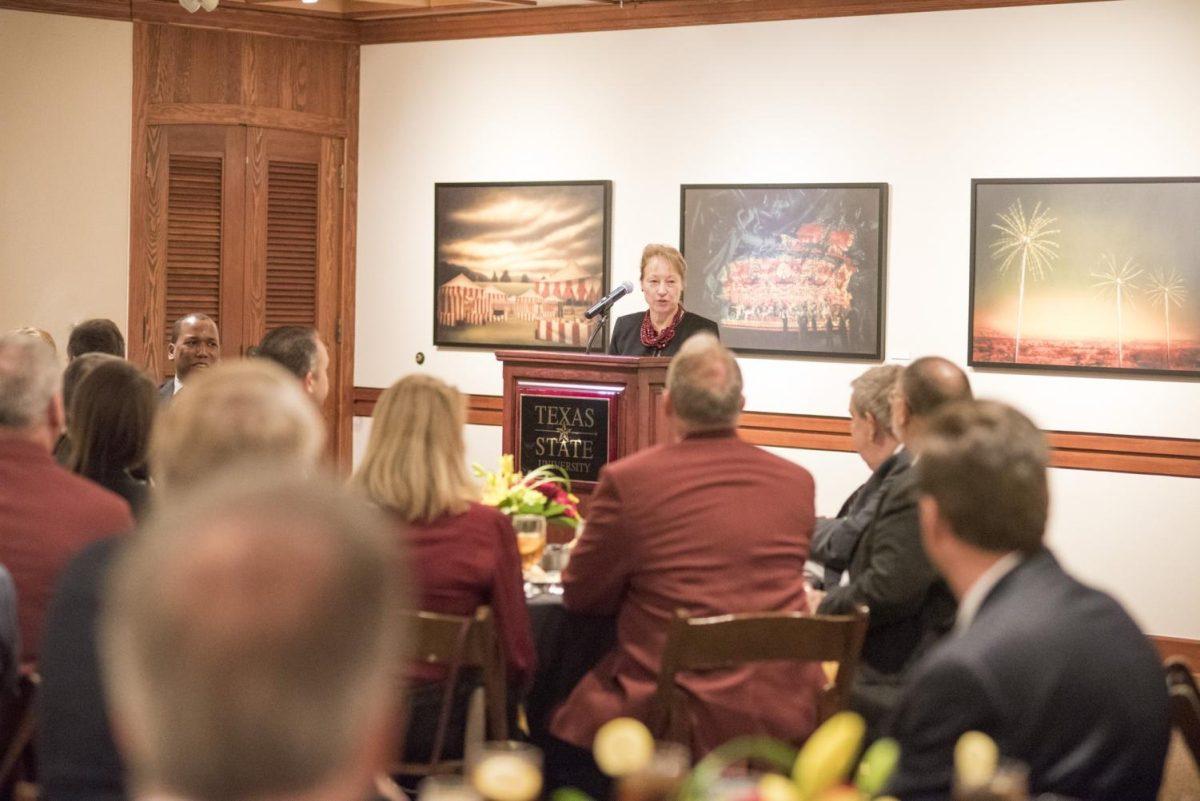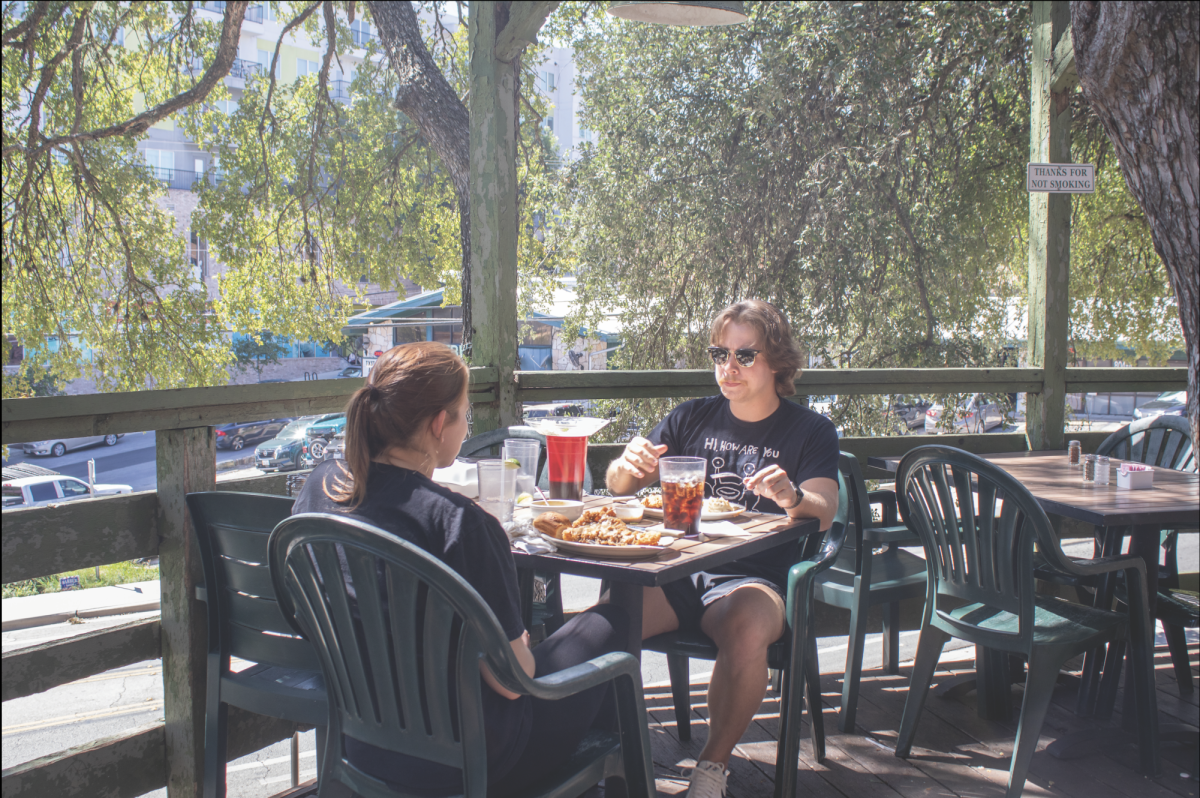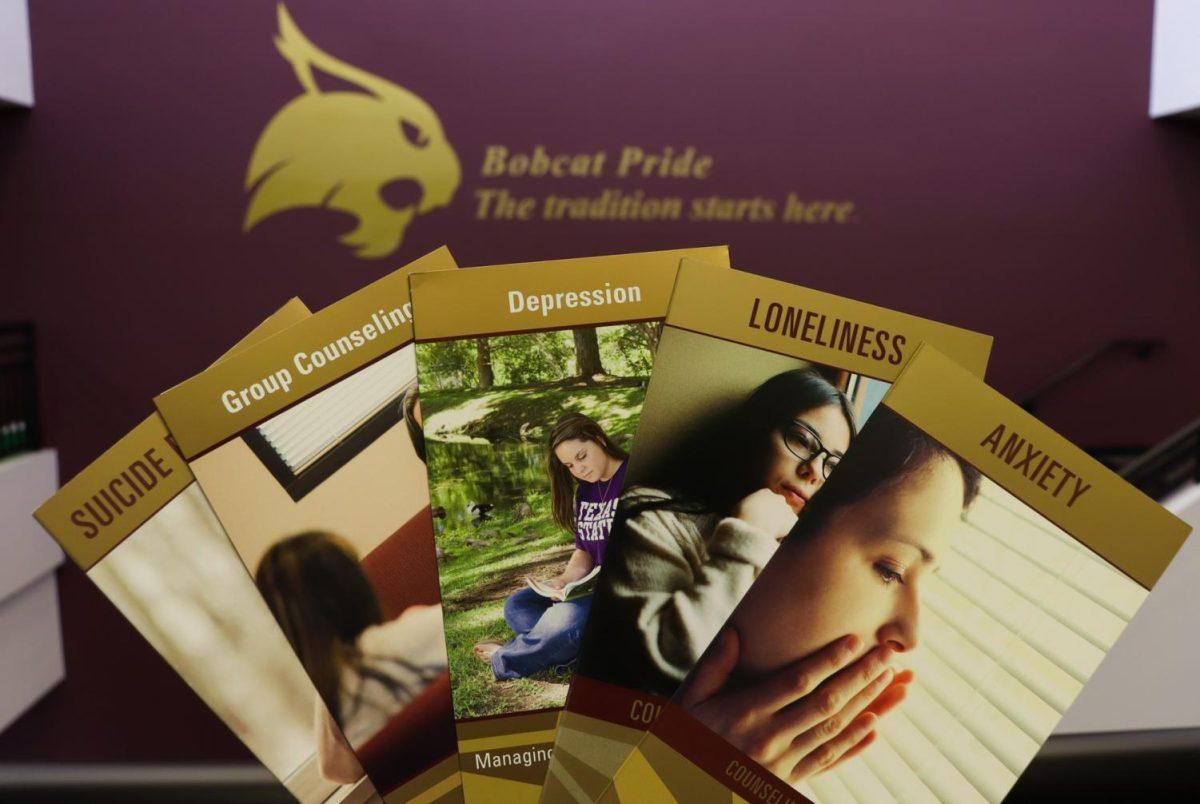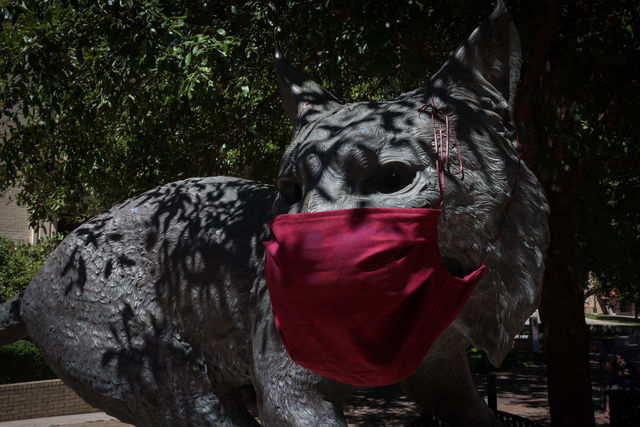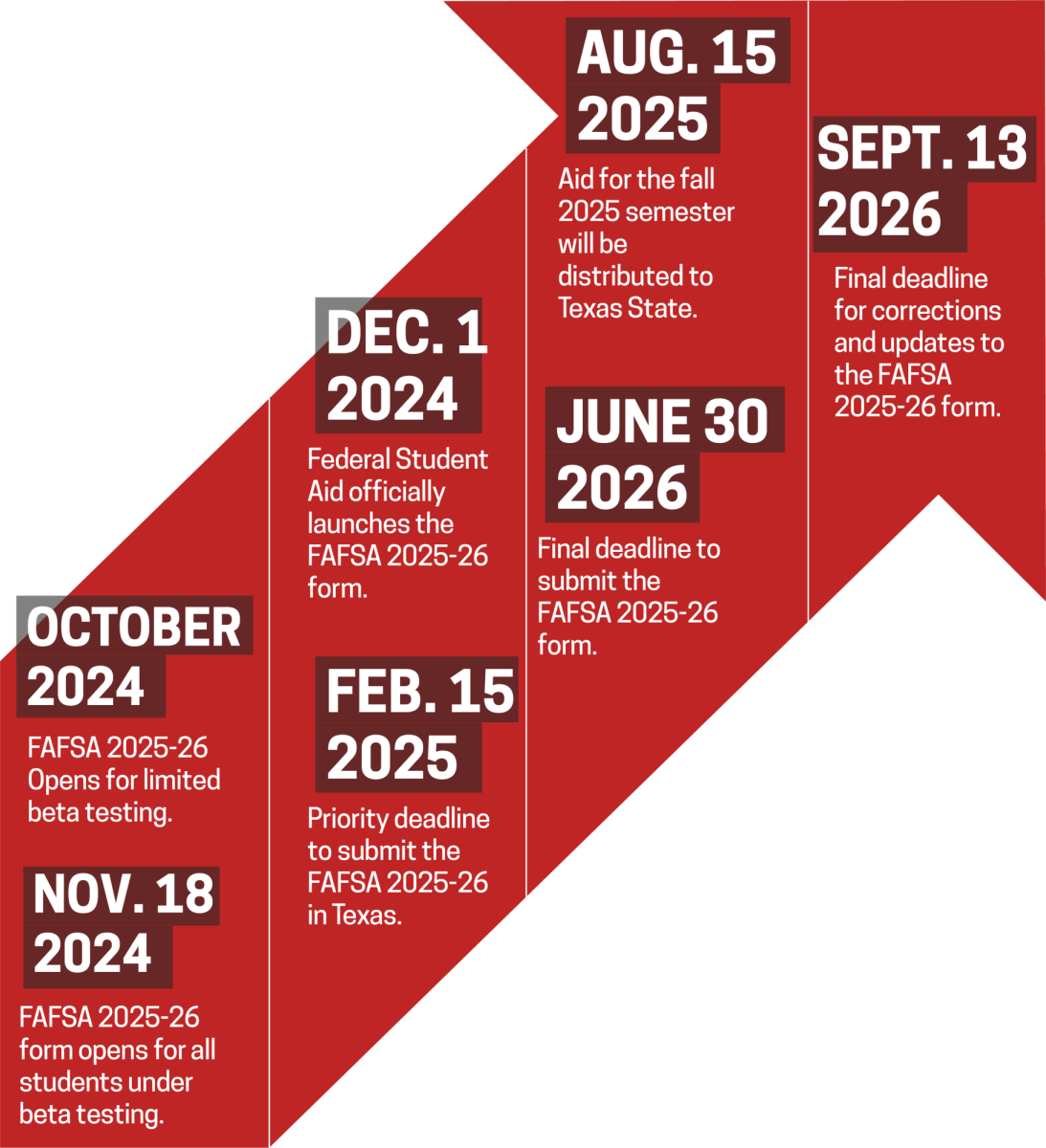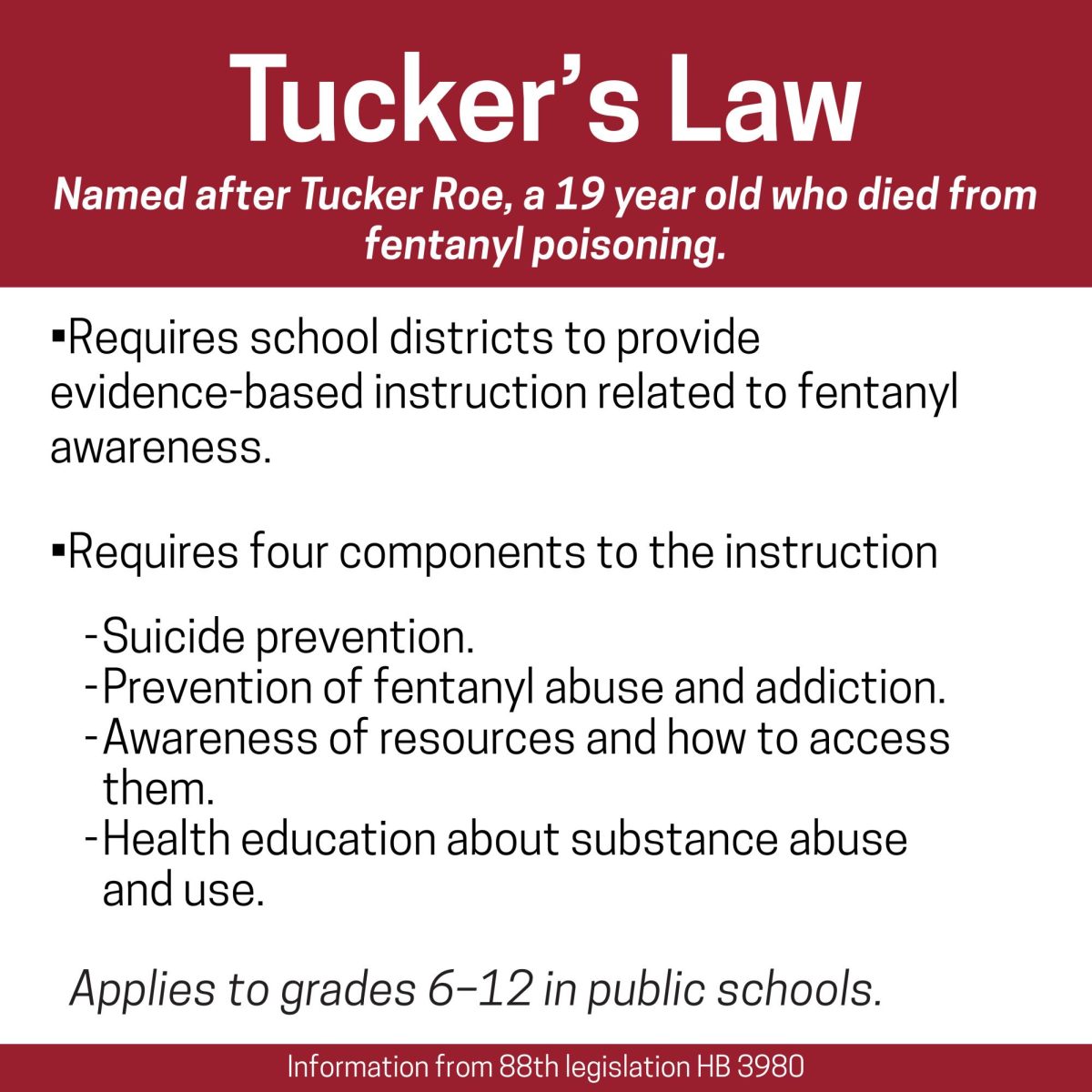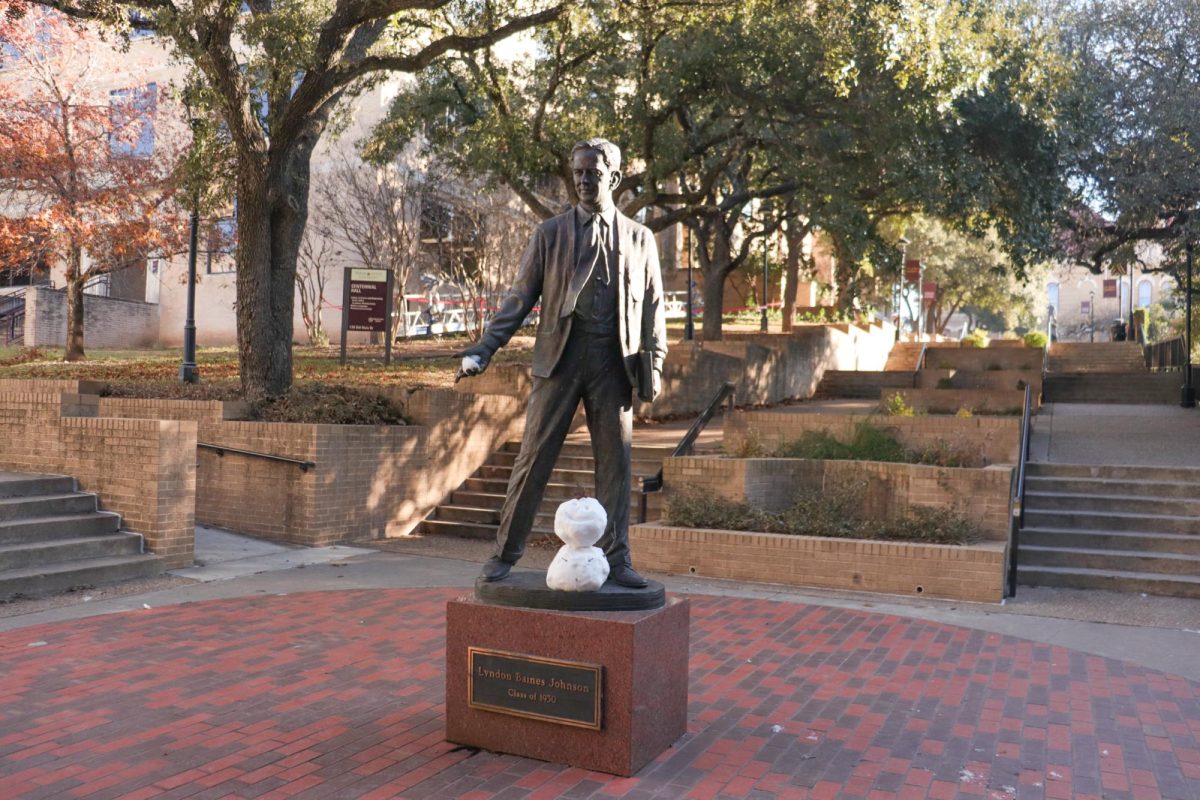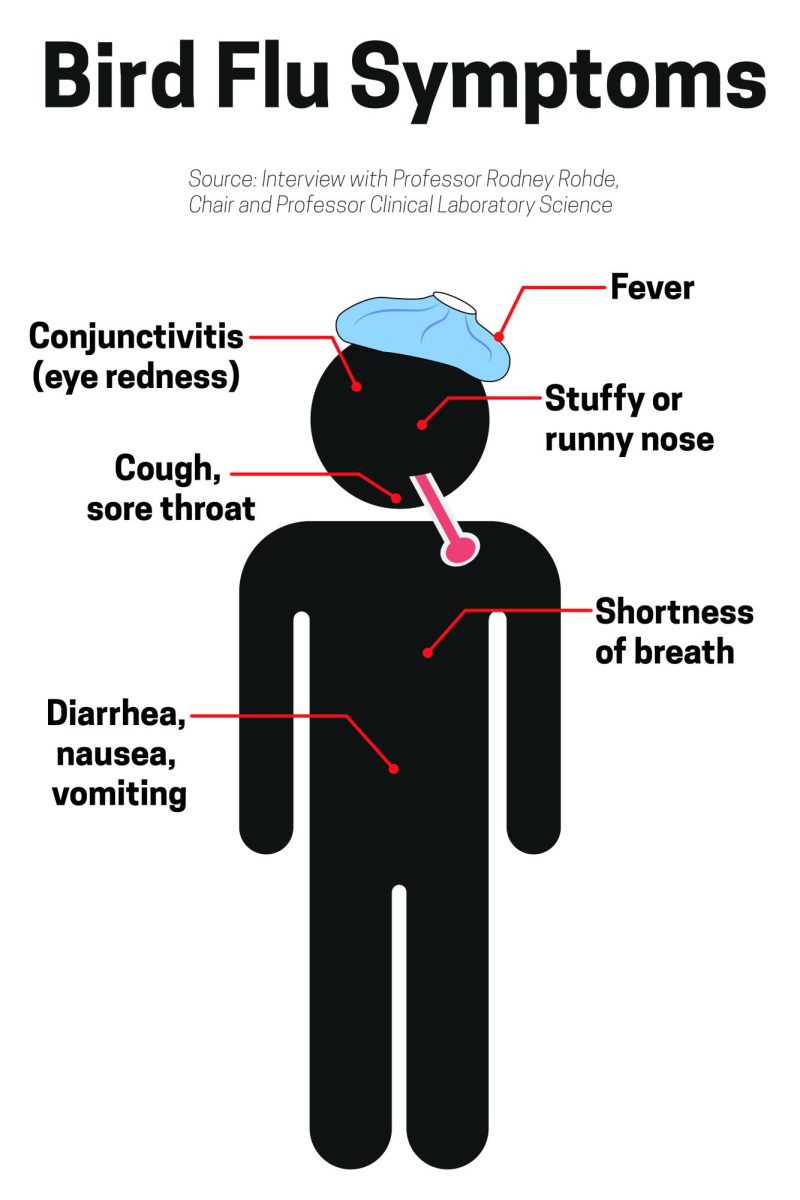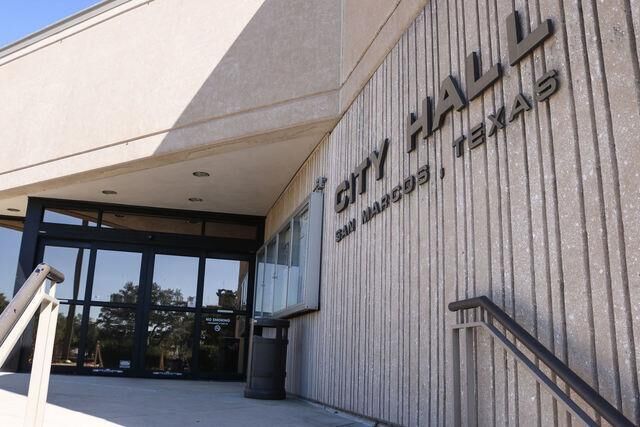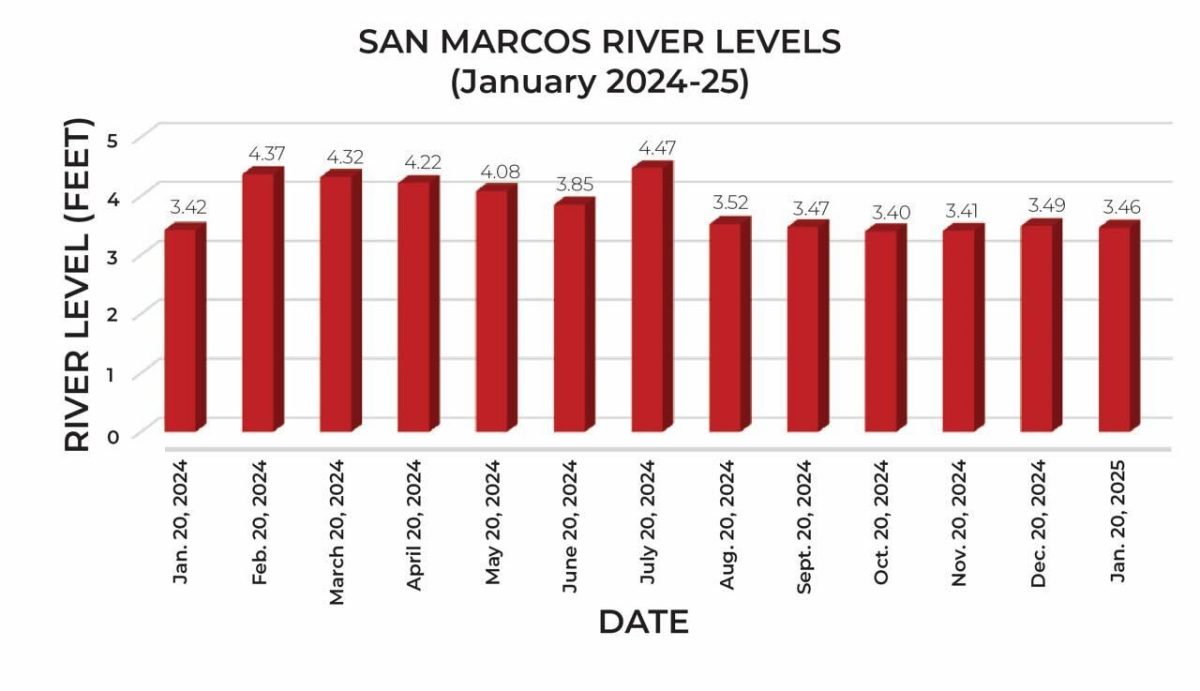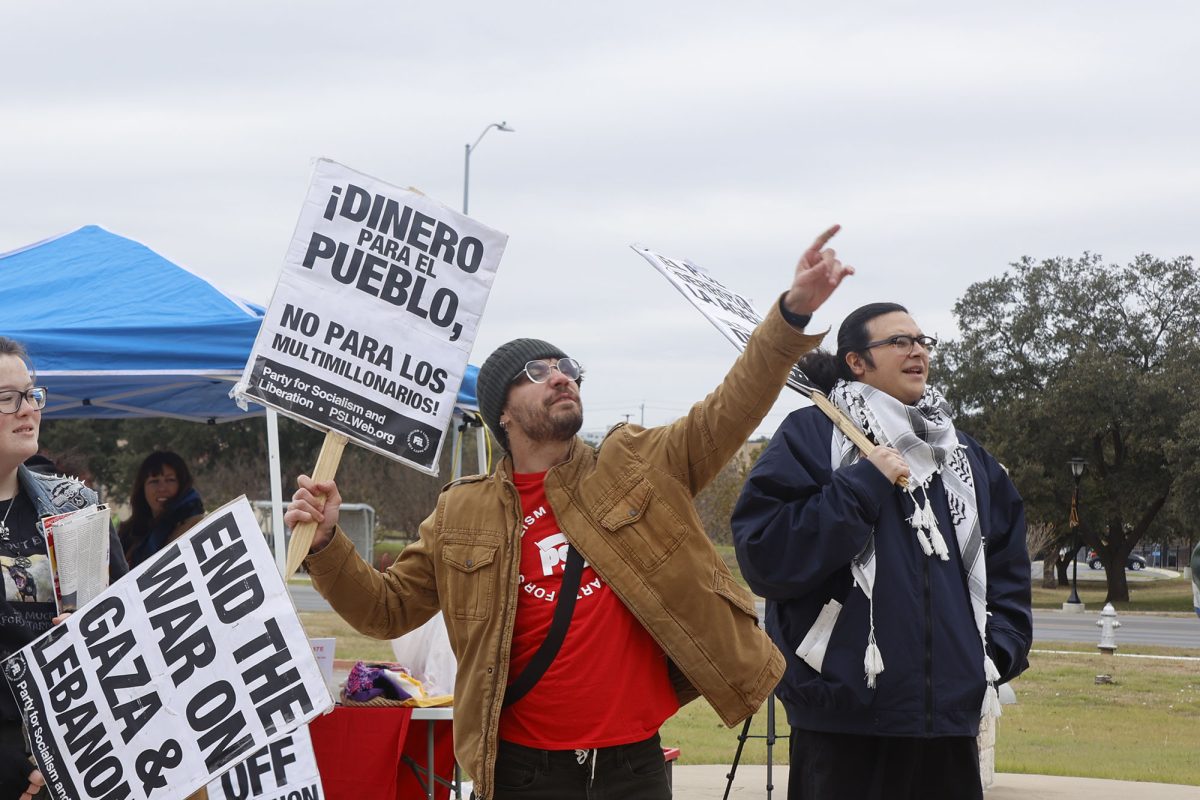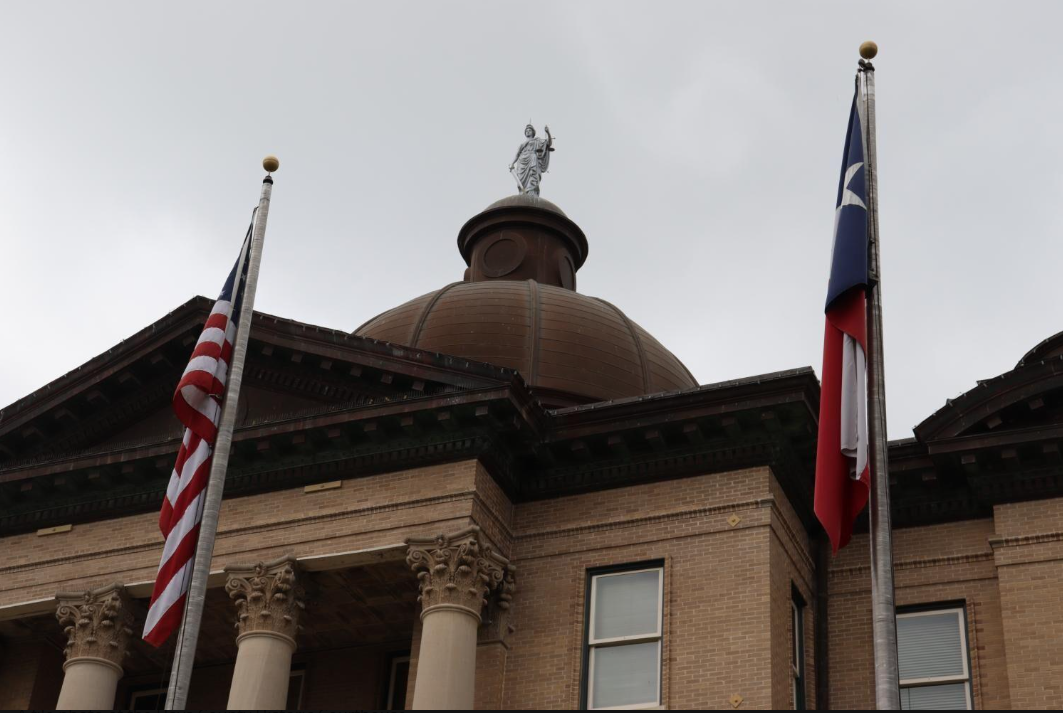Editor’s Note: News Editor Daniel Weeks conducted an interview with the University President Denise Trauth and Assistant Vice President for Communications Sandra Pantlik April 24 to talk about the details of the new Bobcat Cares program and general questions regarding university plans.
Q: Can you start off by describing what the Bobcat Cares program is and how it’s affecting the university community?
Trauth on the federal half of Bobcat Cares funds:
“The Bobcat Cares program involves two different things. We’re talking about $30 million in financial assistance for our students. Fifty percent of that $30 million came from the federal government through the CARES act that was passed by Congress. The CARES act allocated money to college and university students through what is called the Higher Education Emergency Relief Fund. Texas State received a little over $15 million as a result of that. There were several rules and regulations around how that money could be used. And we had the final conference call with the Department of Education on Tuesday, when they gave us the final rules for how those dollars could be used. We are then establishing the program of Bobcat Cares with half of that money, the other half of the money ($15 million) comes from within the university. But let’s first talk about the $15 million that is federal aid. These dollars can be used by students for costs that they incurred as a result of COVID-19. We know that there were a lot of expenses that students incurred that they perhaps had not expected to incur, like housing, food, technology costs, course material costs. So, beginning on Monday, April 27, our students can go online and complete an application, and it’s a brief application, that shows that they need these funds. The grants, these are emergency grants that are based on expenses that students incurred because of the disruption caused by the pandemic. I think it’s important to state that this funding isn’t tied to existing financial aid programs such as the Pell Grant. This is money that goes directly to students to offset those costs. So that’s the first $15 million.”
Trauth on the university-provided funds:
“Then, in addition to that, Texas State is dispersing another $15 million. So let me break that down a little bit. Of that second $15 million, $5 million is going to provide assistance to students who go to summer school this year, either summer I, summer II or both sessions, and every student who enrolls will receive a grant of $50 per credit hour, up to $600 across both summer sessions. This, again, will be credited to the students’ account to help the students reduce the cost of going to summer school. Now, I should say at this point that summer I will be remotely-delivered instruction. So summer I will be delivered in a similar way to the way we’re delivering instruction right now. And so students who enroll in summer I in addition to getting this grant, they will not be paying for a Student Recreation Center, the Student Health Center, the Transportation Services fee or the LBJ Student Center fee, so they’re not going to be charged those fees. So that’s the first $5 million. And then there’s another $10 million that is primarily in the form of refunds—refunds for residence halls, refunds for parking, refunds for dining. Those refunds are pro-rated to acknowledge the fact that about five, well, about 60% of the semester had occurred by the time we went to remote instruction. So they’re prorating those refunds. And then finally, students who are in federal or state work study programs are going to receive that funding through the end of the semester, even if they can’t do the work remotely. And then finally, we have a fundraising effort in effect to help students with tuition and fees for the fall. That’s called Bobcat to Bobcat, and that’s primarily going to our alumni, asking them to help our students who are enrolled in the fall semester, and we’re hoping to provide a million dollars worth of assistance to students to pay for tuition fees in the fall.”
Q: You mentioned that the first half, $15 million, came from the CARES act from the government, and you mentioned there were rules and regulations as to how that money could be spent. Could you give me a rundown on what some of those rules and regulations are?
Trauth: “Well, it’s specifically meant to offset expenses that were incurred because of COVID-19 because of the disruption of campus operations that COVID-19 caused students. So, as I said, it’s not necessarily tied to need the way traditional financial aid might be tied to need, because this disruption occurred across all of our students. But it is appropriate for students when they apply starting on Monday to indicate the expenses that they’ve incurred related, for example, to a housing lease that they may be involved in, but are not taking advantage of the housing right now. So that is acceptable. If students had to, for example, pay more money for an internet connection. That is something that they could indicate in that application.”
Trauth said the federal funds must be allocated directly to students via check rather than their university account:
“The other side of it is the university has to make the money available to students. So this is part of the rules and regulations too, the money that we’re sending out has to go out as a check. The $15 million in emergency federal assistance that we have received, that must be allocated directly to students and cannot be credited to their account. We have to deliver those dollars directly to students. And so they will receive a check. It could also go out on a debit card. For those dollars it won’t be something on their Texas State University account. So there’s just a lot of rules that the U.S. Department of Education had, but we got that all settled on Tuesday.”
Q: Is there a timeline for the distribution of the funds?
Trauth: “Well, if you look at the whole program here, of this $30 million, we’re already getting those dollars out there. We are processing refunds even as we speak. And that’s true across the sectors of refunds, parking refunds, dining refunds, those are all being processed right now. The goal of the university here is to process these requests as quickly as we possibly can, because we recognize that this disruption is a financial disruption as well as a classroom disruption. So they are at work, they’re going to process these very, very quickly.”
Q: The email said Bobcat Cares includes funds for “pro-rated refunds of certain spring semester charges.” What exactly are those charges?
Trauth: “Okay, the three refunds that we’re making right now are housing, parking and dining. And dining is bifurcated. If you’re going to be here next fall, the dining which would ordinarily expire at the end of spring will roll over to the fall. Now if you’re leaving the university, if you’re a graduating senior for example, you can apply to get a refund for dining.”
Q: Can students and/or graduating students apply for pro-rated tuition?
Trauth: “No, because classes are being offered and they’re going to conclude so there is no proration on the tuition. We have 5,200 sections of classes that are being offered right now. So students are going to be completing those and we have students who are going to be graduating here.”
Q: Will the tuition free program for students include undocumented students? In the email it says that (students) need to have submitted their FAFSA, but undocumented and DACA students can’t fill one out since they rely on the state equivalent.
Trauth: “Let me just say right now we are in the process of taking a hard look at a number of different programs that could help our DACA students. And until we actually conclude that process, I don’t really want to make any statements that might be interpreted as being conclusive, but I guarantee you that we’re taking a hard look at the needs of our DACA students and what they can have access to.”
Q: When do you think we can expect some sort of statement or action on that?
Trauth: “I can’t really give you a firm date. There are just a lot of balls in the air right now, so I can’t give and I don’t want to give you a firm date and then not be able to deliver on it.”
Q: Some students whose classes revolve around labs or workshops, like dance or theater for example say that they aren’t currently receiving the education that they necessarily signed up for, could you give a response to that sort of criticism?
Trauth: “My starting point here is that we’re not concluding this semester in a way that any of us expected to conclude. None of us saw COVID-19 coming… None of us like the environment that we found ourselves in, but like a lot of things in life, you make the best of what you can, and there’s a couple data points here I would share with you that I think address the question. Yesterday was the last day that you could drop the whole semester at Texas State, and one of the things that we have realized is that fewer students dropped the spring semester this year than they did last year when there was no COVID-19. Now, does that mean that students are happy with the remote instruction? No, it doesn’t. It does not mean that. But I do think it means that students recognize the value of their education, and they recognize that Texas State is doing as well as we possibly can in a very, very difficult situation. Another data point I will give you that directly addresses dance is that the Strutters typically at this time of the year would have tryouts for next year. What they did was have completely online tryouts using Zoom, where young people who wanted to be a Strutter were given a program just like they would if they were coming to campus, had a few days to work it up, and they had their tryouts. (Strutters Director) Tammy Fife has identified a class of Strutters for next year, and she said it went extremely well, and she’s very proud of the class of Strutters. So is this the way she would prefer to do it? No, no, it’s not. But she’s happy that she’s got a class of Strutters for next year who are outstanding. So again, none of us wanted it to be this way. But I do believe that our faculty and staff have stepped up and they’re delivering the best possible instruction and other services to our students as they possibly can.”
Q: In regards to summer II classes, I noticed that SJMC moved all of their classes online. Are the deans of the individual colleges in charge of deciding whether or not to move classes online for summer II?
Trauth: “For right now, what we have determined is that summer II will be face-to-face. That does not preclude online instruction. And many, many of our units are offering online instruction. We have a process that units go through when they want to offer a course online, so that is something that the school can determine. But right now for planning purposes, we have determined that we will engage in face-to-face instruction on our campuses for summer II. I know you know, that can change. COVID-19 is in control here, not Texas State University. But right now we’re saying that the vast majority of our classes will be face-to-face.”
Q: Is there any general idea of when the university plans to announce plans for the fall semester?
Trauth: “Right now, we are planning face-to-face instruction for the fall. And as I said earlier, COVID-19 is controlling us, we’re not necessarily controlling every aspect of COVID-19. We do hope that we will be able to have face-to-face instruction in the fall, and that is what we are planning for. But, if something changes, if the virus seems to decrease and then comes back, we would have to change our plans. But right now we’re planning face-to-face for the fall.”
Q: Is there any general statement that you’d like to make before I close this up?
Trauth: “I would love to say this: I am so amazed and pleased by every single person in the Texas State community, every single one of our students, our staff, our faculty, as I’ve said to you several times in the course of this interview, have really stepped up to these challenges on both sides. Our faculty and staff turned very quickly from face-to-face instruction to remotely delivered instruction. They had two weeks to do that. The support staff who are right there with our faculty made this happen. And our students, as I said, nobody wanted the semester to end this way. But the fact that our students stayed in there and stayed in their courses and engaged with their faculty, it’s just amazing to me. The bobcat community is just a wonderful, wonderful group of people.”
Students can now sign up for grant funds here. The Bobcat Cares page outlines eligibility for funds. For additional questions, contact the Financial Aid and Scholarships office.
Categories:
Q&A Re Bobcat Cares with University President Trauth
April 27, 2020
Texas State President Denise Trauth speaks at an Alumni Luncheon during 2018 Homecoming Week. Photo courtesy of Chandler Prude.
0
Donate to The University Star
Your donation will support the student journalists of Texas State University. Your contribution will allow us to purchase equipment and cover our annual website hosting costs.
More to Discover


